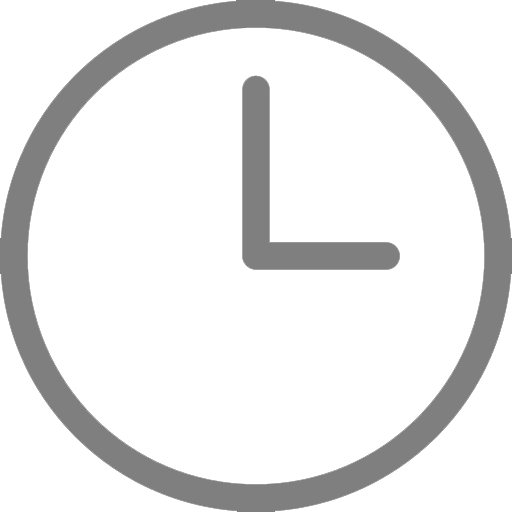
Key TakeawayAligning menu design with inventory management is the key to maximizing restaurant profitability. When operators use integrated tools to connect data across both areas, they can reduce waste, control costs, and make smarter, faster decisions. |
Running a restaurant has never been easy, but today, operators face more pressure than ever. Margins are razor-thin, costs continue to rise, and consistency across multiple locations is a must. To stay profitable, operators need efficiency in every part of the business—especially in the back of the house.
Profitability depends not only on smart menu design but also on meticulous inventory management. These functions are two sides of the same coin. When they’re aligned through the right restaurant management software, operators can drive sales, improve profitability, and significantly reduce food waste.
Menu Optimization Is About More Than Popularity
Just because a menu item is popular doesn’t necessarily mean it’s profitable. This is a common misconception, but the reality is more complex. If your best selling dish has a low profit margin, it could strain your bottom line. On the other hand, you may have hidden stars on the menu that are delivering exceptionally strong returns.
Harnessing data and gleaning insights through analysis and reporting helps restaurant leaders see the full picture. With POS-integrated analytics, operators can identify the popular items that drain margins and which hidden gems drive profits. Armed with these insights, operators can design smarter menus that drive profitability, retire poor performers, and ensure that guest favorites also contribute to restaurant profitability.
Effective Inventory Management Drives Profitability
Even the most profitable menu design will underperform if not executed upon with precision; ingredient yielding and portion control are key, as are preparing and ordering the right amount of product, to prevent spoilage or costly last-minute substitutions. Other factors, such as delivery shortages and theft, can further erode your profits. To be aware that there is a problem in the first place, a restaurant can benefit from a software solution that allows you to track actual inventory usage and compare this to theoretical usage based on your menu item sales, highlighting where these issues exist.
Modern software solutions can create comparisons between actual usage and expected usage based on recipe data and sales numbers from the POS system. This helps you make accurate comparisons between your actual inventory usage and what your menu sales would indicate you should have used, so you can reliably pinpoint where the discrepancies lie. The right analytics and reporting can highlight the most impactful inventory variance items, empowering you to focus on the areas that have the greatest impact on profitability.
Advanced sales forecasting tools also play a key role in dialing in inventory management. These can take historical data from comparable time periods to enable predictions of future demand. In this way, you can ensure you’ve got the required inventory levels on hand throughout seasonal dips and peaks in demand, so you can reduce waste from over-ordering while avoiding the operational slowdowns that come from underproduction. Effective inventory management doesn’t just protect margins; it also makes your operation more sustainable by reducing food waste.
Software Helps Align Inventory with the Menu
Menu performance and inventory control are inextricably connected. A profitable menu depends on precise ingredient usage, portion consistency, and accurate cost tracking. If inventory isn’t managed properly, even well optimized menus can result in shrinking profit margins.
Today’s back-of-house software can unify menu performance and inventory tracking within a single system. With integrated dashboards and real-time reports, operators can take important steps toward increasing menu profitability:
- Monitor performance across multiple units and spot trends
- Benchmark stores against one another
- Identify opportunities and react with menu adjustments and performance coaching before small issues snowball into bigger problems.
This level of integration provides the insight needed to ensure consistency across all locations, helping store managers, district leaders, and corporate teams stay aligned and focused on shared goals.
Menu & Inventory Management Deliver Additional Benefits
When restaurants connect the dots between menu optimization and inventory management, the benefits go well beyond increasing menu profitability.
- Reducing food waste reduces restaurants’ environmental impact and supports sustainability.
- Streamlining inventory management helps cut labor costs by simplifying tracking and ordering processes.
- Clear, actionable, data delivered in real time empowers operators to make better informed decisions, so they can turn lagging performance into proactive strategy.
With these tools, restaurants can run smarter, leaner, and more profitably.
Smarter menu and inventory management isn’t just about tightening operations; it’s about building long-term profitability and consistency across multi-unit restaurant operations. With the right technology, leaders can reduce waste, improve menu performance, and drive both stronger margins and greater guest satisfaction.
Rosnet’s all-in-one restaurant management software brings these capabilities together. From data to drive better menu optimization and food cost control to inventory management, forecasting food preparation and ordering, and waste tracking, Rosnet helps multi-unit operators streamline their back-of-house processes and keep profitability at the forefront.




